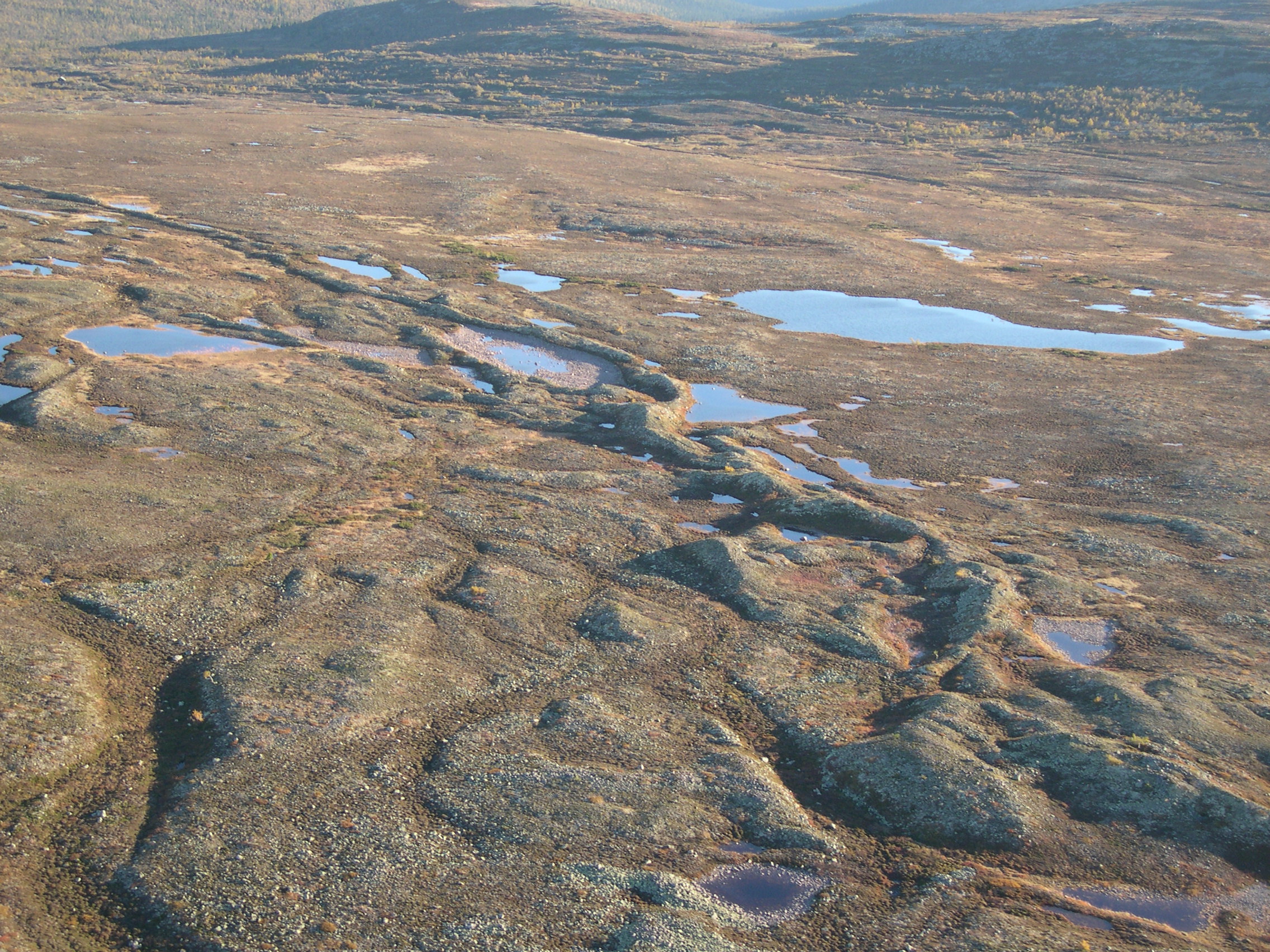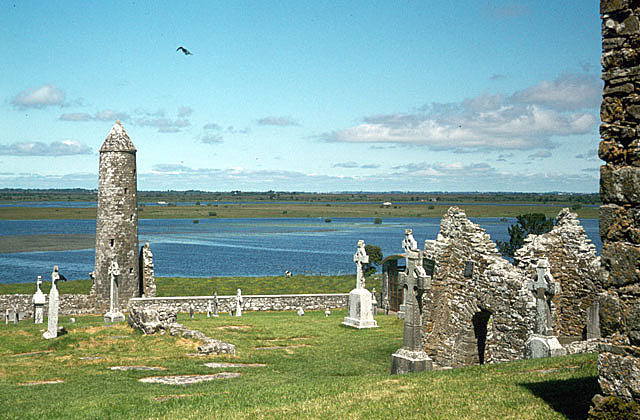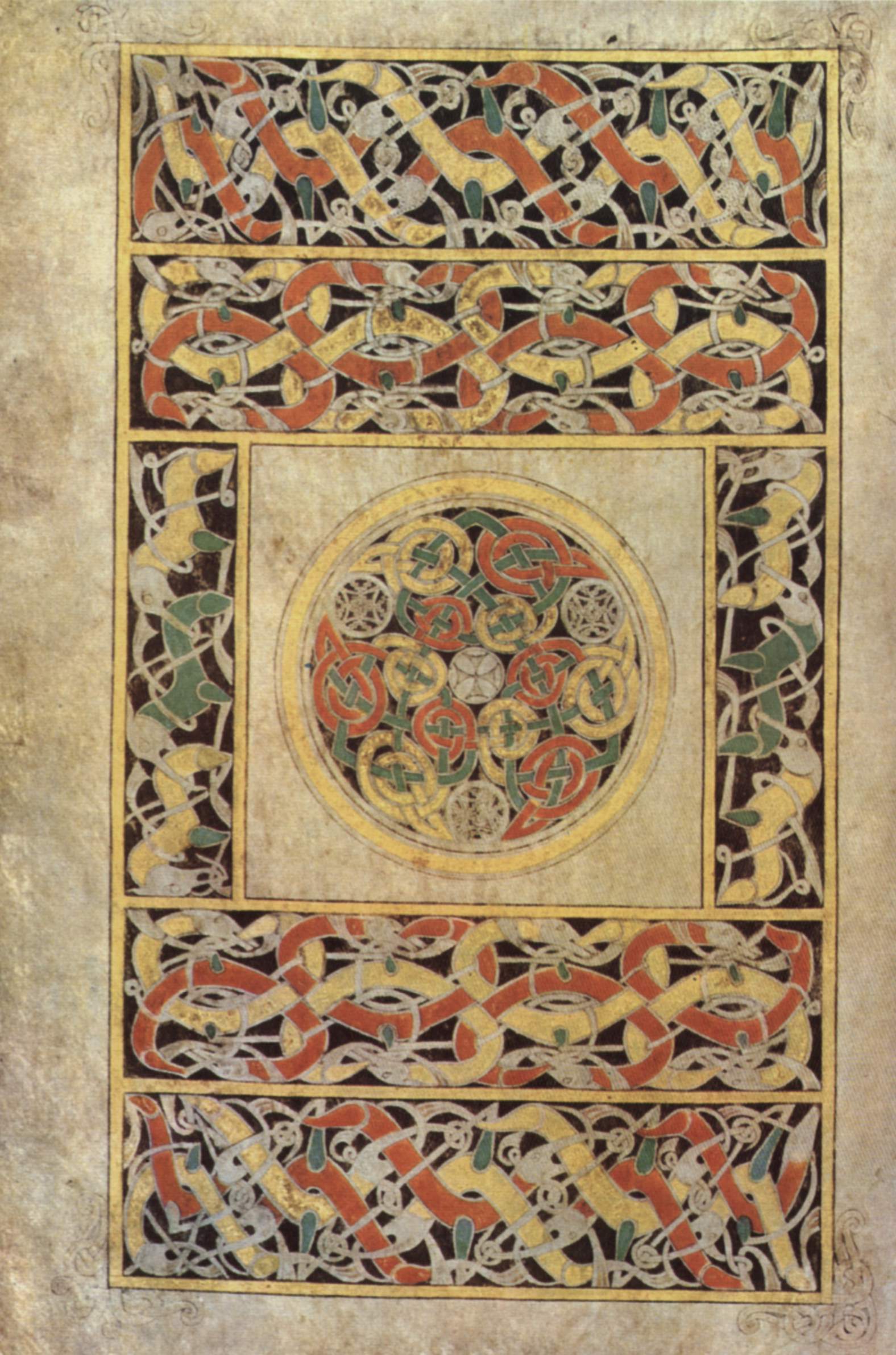|
Esker Riada
The Esker Riada () is a system of eskers that stretch across the middle of Ireland, between Dublin and Galway. Geography The Esker Riada is a collection of eskers that passes through the counties of Dublin, Meath, Kildare, Westmeath, Offaly, Leitrim, Longford, Roscommon and Galway. A large remnant of the Esker exists in the Teernacreeve region of Westmeath, and stretches from Kilbeggan to Tyrrellspass. The eskers take the form of relatively low-lying ridges composed of sand, gravel and boulders deposited by water flowing beneath a glacier that became exposed when the glacier melted at the end of the last ice age, around 10,000 years ago. Historical significance The Irish name ''Eiscir Riada'' provides an indication of the significance of the eskers. The first element (and English ''esker'') comes from Old Irish ''escir'' meaning "a ridge, an elevation (separating two plains or depressed surfaces)" and the second is from Old Irish ''ríad'' which refers to "riding, drivin ... [...More Info...] [...Related Items...] OR: [Wikipedia] [Google] [Baidu] |
Esker
An esker, eskar, eschar, or os, sometimes called an ''asar'', ''osar'', or ''serpent kame'', is a long, winding ridge of stratified sand and gravel, examples of which occur in glaciated and formerly glaciated regions of Europe and North America. Eskers are frequently several kilometres long and, because of their uniform shape, look like railway embankments. Etymology The term ''esker'' is derived from the Irish word (), which means "ridge or elevation, especially one separating two plains or depressed surfaces". The Irish word was and is used particularly to describe long sinuous ridges, which are now known to be deposits of fluvio-glacial material. The best-known example of such an ''eiscir'' is the '' Eiscir Riada'', which runs nearly the whole width of Ireland from Dublin to Galway, a distance of , and is still closely followed by the main Dublin–Galway road The synonym ''os'' comes from the Swedish word , "ridge". Geology Most eskers are argued to have formed with ... [...More Info...] [...Related Items...] OR: [Wikipedia] [Google] [Baidu] |
Mag Lena
, , or (anglicised MoylenaO'Donovan 2008 p. ix or Moylen) was the name of a plain or heath in the Gaelic Irish territory of Firceall, between modern Tullamore and Durrow in County Offaly. Mag Lena straddled the Esker Riada,O'Donovan 2008 pp. 30–31 was near the border between Mide and Laigin (Leinster), and is mentioned in Irish manuscripts as the site of several legendary, pseudohistorical, and historical events. The civil parish of Kilbride in Ballycowan was "Kilbride al asMoylena" in the time of Charles I. According to John O'Donovan, the name Moleany was still being used in 1837 for the corresponding Catholic parish (formally Kilbride or Tullamore, and united to Durrow, in the Diocese of Meath). By then the area was agricultural rather than heathland. Legendary events The of Mag Lena appended to '' The Tale of Mac Da Thó's Pig'' says the name means "the plain of Léna", from Mac Da Thó's son Léna, who was buried there. The division of Ireland into Leath Cuinn ... [...More Info...] [...Related Items...] OR: [Wikipedia] [Google] [Baidu] |
Geography Of Ireland
Ireland is an island in Northern Europe, in the north Atlantic Ocean. The island measures about north-south, and east-west, with a total area of . It lies about , near the western edge of the European continental shelf, part of the Eurasian Plate. Ireland is separated from the island of Great Britain by the Irish Sea to the east, and from mainland Europe by the Celtic Sea to the south. It is bounded to the north by the North Channel and to the south by St George's Channel. Ireland is the second-largest landmass in the British Isles, after Great Britain and before the Isle of Man. Its main geographical features include low central plains surrounded by coastal mountains. The highest peak is Carrauntoohil (), which is above sea level. The western coastline is rugged, with many islands, peninsulas, headlands and bays, while the southern and northern coasts have a smaller number of substantial sea inlets, such as Lough Foyle and Cork Harbour; no part of the land is more th ... [...More Info...] [...Related Items...] OR: [Wikipedia] [Google] [Baidu] |
Geology Of Ireland
The geology of Ireland consists of the study of the rock formations on the island of Ireland. It includes rocks from every age from Proterozoic to Holocene and a large variety of different rock types is represented. The basalt columns of the Giant's Causeway together with geologically significant sections of the adjacent coast have been declared a World Heritage Site. The geological detail follows the major events in Ireland's past based on the geological timescale. Timeline The oldest known Irish rock is about 1.7 billion years old and is found on Inishtrahull Island off the north coast of Ulster. Outcrops at Annagh Head on the Mullet Peninsula are almost as old. In other parts of Donegal, scientists have discovered rocks that originated as glacial deposits, demonstrating that at this early period, part of what was to become Ireland was in the grip of an ice age. However, because of the effects of later upheavals, it is almost impossible to sequence these early rock layers c ... [...More Info...] [...Related Items...] OR: [Wikipedia] [Google] [Baidu] |
World Heritage Site
World Heritage Sites are landmarks and areas with legal protection under an treaty, international treaty administered by UNESCO for having cultural, historical, or scientific significance. The sites are judged to contain "cultural and natural heritage around the world considered to be of outstanding value to humanity". To be selected, a World Heritage Site is nominated by its host country and determined by the UNESCO's World Heritage Committee to be a unique landmark which is geographically and historically identifiable, having a special cultural or physical significance, and to be under a sufficient system of legal protection. World Heritage Sites might be ancient ruins or historical structures, buildings, cities, deserts, forests, islands, lakes, monuments, mountains or wilderness areas, and others. A World Heritage Site may signify a remarkable accomplishment of humankind and serve as evidence of humanity's intellectual history on the planet, or it might be a place of grea ... [...More Info...] [...Related Items...] OR: [Wikipedia] [Google] [Baidu] |
N6 Road (Ireland)
The N6 road is a national primary road in Republic of Ireland, Ireland from junction 11 on the N4 road (Ireland), M4 motorway at Kinnegad to Galway city. The N6 and N4 form a continuous motorway or dual carriageway from Dublin city centre to Galway City, passing in an east–west direction through the midlands of Ireland. Most of the road is motorway standard (designated as M6 motorway (Ireland), M6 motorway) with the exception of the Athlone bypass and stretches of urban road in Galway City, which are the only sections of the road that remain designated as N6 dual carriageway. There is one toll on the road outside Galway city. Major upgrades to the road were completed in December 2009, completing the first intercity motorway/dual carriageway in Ireland and the New Junctions of M6 are built and will be 164 km. History Prior to the 2005–2009 construction of the road currently designated as the N6, the designation applied to the older, parallel Dublin–Galway route whic ... [...More Info...] [...Related Items...] OR: [Wikipedia] [Google] [Baidu] |
River Shannon
The River Shannon ( or archaic ') is the major river on the island of Ireland, and at in length, is the longest river in the British Isles. It drains the Shannon River Basin, which has an area of , – approximately one fifth of the area of Ireland. Known as an important waterway since antiquity, the Shannon first appeared in maps by the Graeco-Egyptian geographer Ptolemy ( 100 – 170 AD). The river flows generally southwards from the Shannon Pot in County Cavan before turning west and emptying into the Atlantic Ocean through the long Shannon Estuary. Limerick city stands at the point where the river water meets the sea water of the estuary. The Shannon is tidal east of Limerick as far as the base of the Ardnacrusha dam. The Shannon divides the west of Ireland (principally the province of Connacht) from the east and south (Leinster and most of Munster; County Clare, being west of the Shannon but part of the province of Munster, is the major exception.) The river rep ... [...More Info...] [...Related Items...] OR: [Wikipedia] [Google] [Baidu] |
Clonmacnoise
Clonmacnoise or Clonmacnois (Irish language, Irish: ''Cluain Mhic Nóis'') is a ruined monastery in County Offaly in Republic of Ireland, Ireland on the River Shannon south of Athlone, founded in 544 by Saint Ciarán of Clonmacnoise, Ciarán, from Rathcroghan, County Roscommon. Until the 9th century it had close associations with the kings of Connacht. Saint Ciarán founded the monastery in the ancient territory of Uí Maine at a point where the major east–west land route (five great roads of Ireland, Slighe Mhor) meets the River Shannon after crossing the bogs of Central Ireland known as the Esker Riada. The strategic location of the monastery helped it become a major center of religion, learning, craftsmanship and trade by the 9th century;Moss (2014), p. 126 and together with Clonard Abbey, Clonard it was one of the most famous places in Ireland, visited by scholars from all over Europe. From the ninth until the eleventh century it was allied with the List of Kings of Mide ... [...More Info...] [...Related Items...] OR: [Wikipedia] [Google] [Baidu] |
Durrow Abbey
Durrow Abbey is a historic site in Durrow, County Offaly in Ireland. It is located off the N52 some 5 miles from Tullamore. Largely undisturbed, the site is an early medieval monastic complex of ecclesiastical and secular monuments, visible and sub-surface. Durrow, was probably founded by Columba around the 550s, and during his life and for centuries after was a well known centre of education. The Venerable Bede called it ''Monasterium nobile in Hiberniâ'', and, at a later period, Armagh and Durrow were called the "Universities of the West". Durrow, like Clonard, Derry, and most other monasteries in the area, was frequently ravaged by the Vikings, but was not completely destroyed until the Norman invasion. The famous illuminated manuscript Book of Durrow, now at Trinity College, Dublin, was at the abbey by 916 at the latest, although it may have been made elsewhere. Discovered in the hands of a local farmer after the Reformation, the book is regarded as the earliest survi ... [...More Info...] [...Related Items...] OR: [Wikipedia] [Google] [Baidu] |
Clonard Abbey
Clonard Abbey (, meaning "Erard's Meadow") was an early medieval monastery situated on the River Boyne in Clonard, County Meath, Clonard, County Meath, Ireland. Early history The monastery was founded in about 520 in Ireland, 520 by Finnian of Clonard, Saint Finnian, who initially constructed a single cell at the site. The original site may have been at nearby Ard Relec. According to medieval chronicles, Finnian was led to the site by an angel who told him that it would be the place of his resurrection. He was well-travelled, and based his monastery on the training he received at Tours and Llancarfan. Finnian was buried on the site after his death in about 549 in Ireland, 549. During the sixth century, some of the most significant names in the history of Celtic Christianity, Irish Christianity (who would go on to be known as the Twelve Apostles of Ireland) studied at the monastery. Clonard was situated on the Esker Riada, Ireland's main east-west road in early medieval times, ... [...More Info...] [...Related Items...] OR: [Wikipedia] [Google] [Baidu] |
Irish Language
Irish (Standard Irish: ), also known as Irish Gaelic or simply Gaelic ( ), is a Celtic language of the Indo-European language family. It is a member of the Goidelic languages of the Insular Celtic sub branch of the family and is indigenous language, indigenous to the island of Ireland. It was the majority of the population's first language until the 19th century, when English (language), English gradually became dominant, particularly in the last decades of the century, in what is sometimes characterised as a result of linguistic imperialism. Today, Irish is still commonly spoken as a first language in Ireland's Gaeltacht regions, in which 2% of Ireland's population lived in 2022. The total number of people (aged 3 and over) in Ireland who declared they could speak Irish in April 2022 was 1,873,997, representing 40% of respondents, but of these, 472,887 said they never spoke it and a further 551,993 said they only spoke it within the education system. Linguistic analyses o ... [...More Info...] [...Related Items...] OR: [Wikipedia] [Google] [Baidu] |





